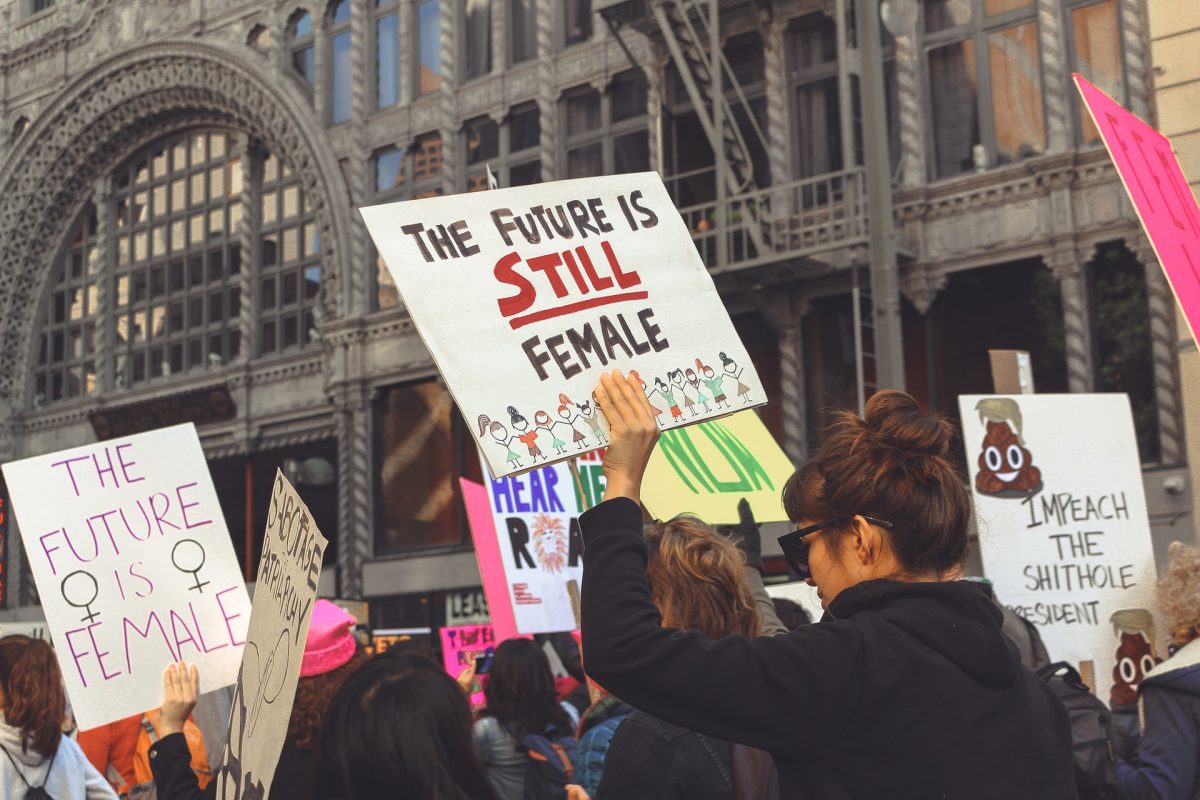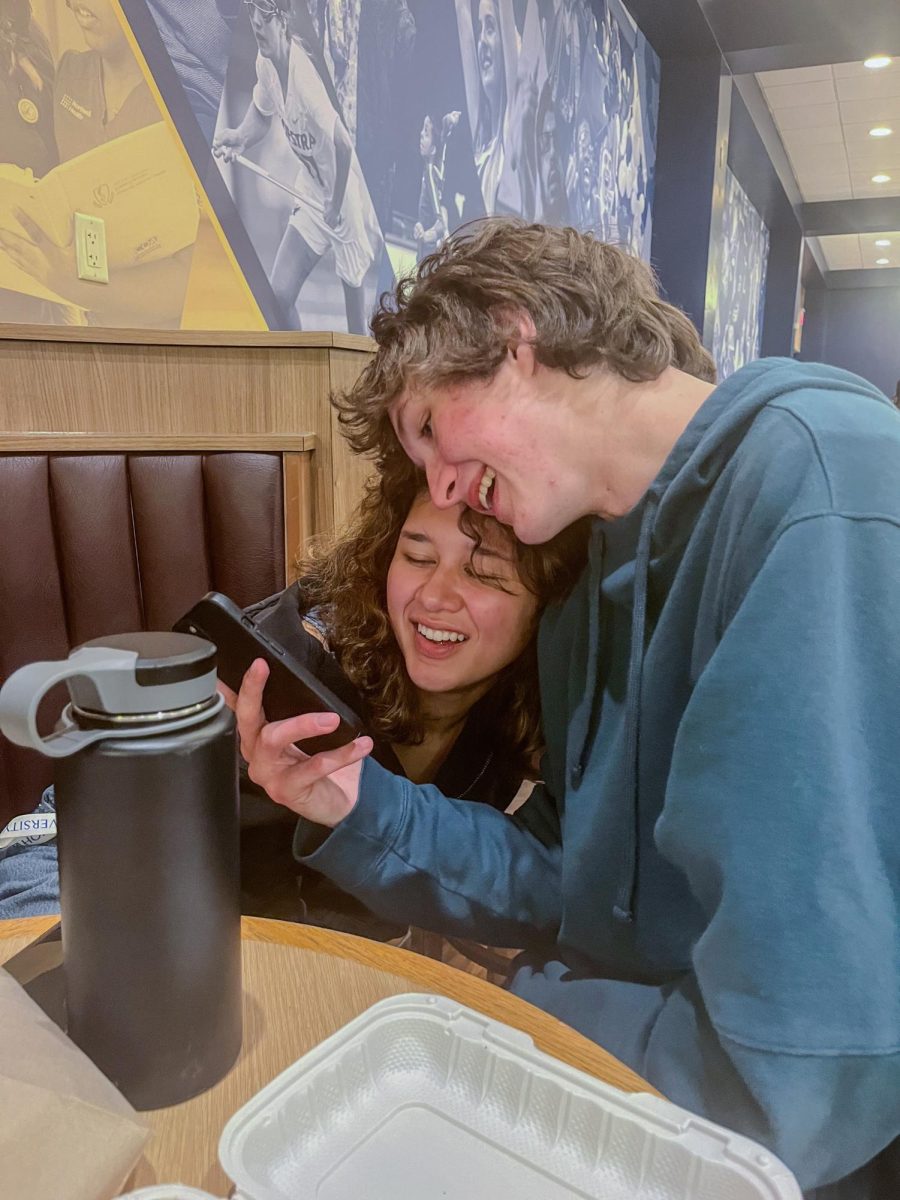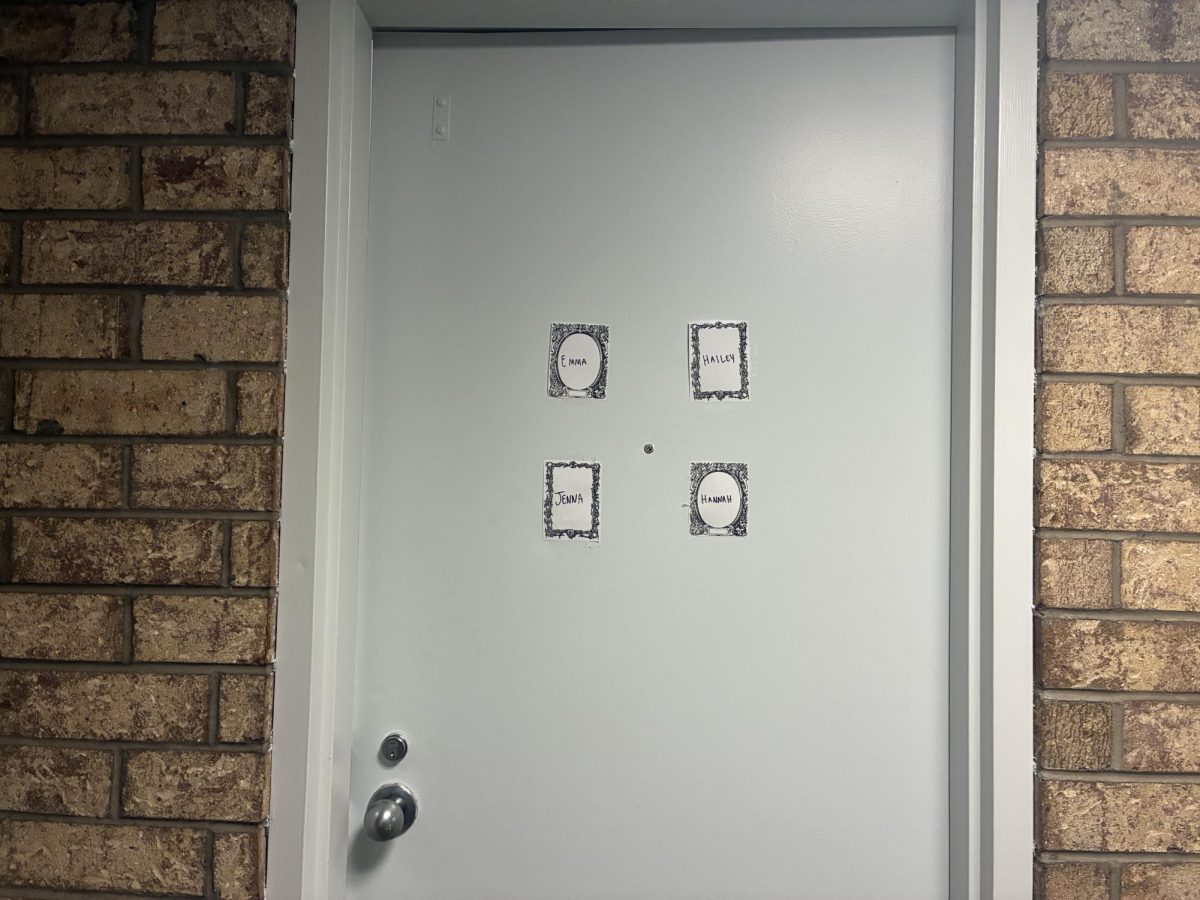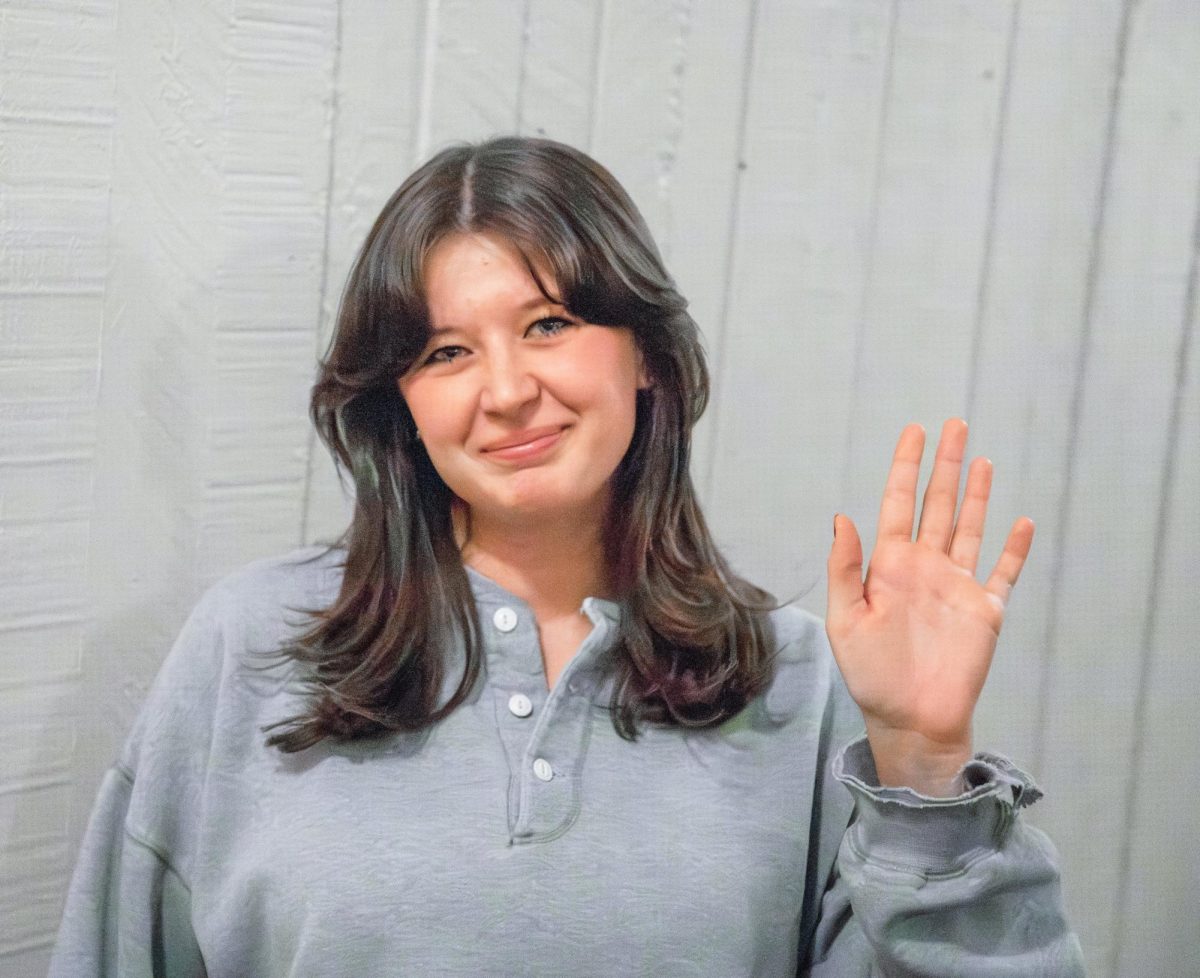Picket signs at a Women’s March held in New York City
Photo Courtesy of Creative Commons
Women’s History Month had never been on my radar until I was 12 years old. I’m sure it had been touched upon in my elementary school years, but when you’re a white child, too young to vote or have a job with a mother who is a lawyer, you simply don’t think about inequality.
My sixth grade teacher’s name was Mrs. Reynolds. She was old-fashioned, required us to write in cursive and tested us on the countries and capitals of the world, much to the dismay of many of my classmates and me.
During recess and lunch, we would whine to our friends in the other class about this. They would gleefully tell us that they did not have the same requirements. It didn’t take long for us to learn that Mrs. Reynolds taught her classes in a very different manner from the other teachers.
In March of 2009, we discovered another one of her unique units – Women’s History Month. We were given the lyrics to Helen Reddy’s “I Am Woman” and instructions to create our own protest sign.
Mine was a large cardboard circle glued to a yardstick, then another cardboard line glued farther down on the yardstick to resemble the Venus symbol.
One boy in my class had simply written “I like women” on a piece of construction paper and that did not cut it for Mrs. Reynolds.
She instructed him to add to the statement, “They are my equals and must be treated as such.” At this point, I don’t think any of us knew what the point of this exercise was.
Next, she played “I Am Woman” for us on a CD player and encouraged us to sing along. When the song ended, she told us to get our signs and line up at the door. We did as we were told and followed her outside where she began to play the song again and led us around the school as we sang along confidently. We were staging a protest.
As the month went on, we continued with this routine. Every day we would march around the school with our fearless leader.
Some of us, myself included, hated the ritual because we were the only class doing it, while the other classes would watch us and laugh. Some students loved the break from academics and enjoyed yelling along with Reddy, despite not registering the words they were so gleefully singing.
When the month ended, we all took our signs home and left the memories and lessons of Women’s History Month with them. Most of us were relieved to return to a normal schedule with no protesting and no other students watching us as we paraded by their classrooms.
A decade later, I look back on that experience fondly. I am proud to call myself a feminist, and I give Mrs. Reynolds credit for building that foundation.
While I felt embarrassed at the time, I now reflect on her and her protests every March. I sometimes consider blasting “I Am Woman” out of my dorm window for old times’ sake. After all, I still know all the words.








